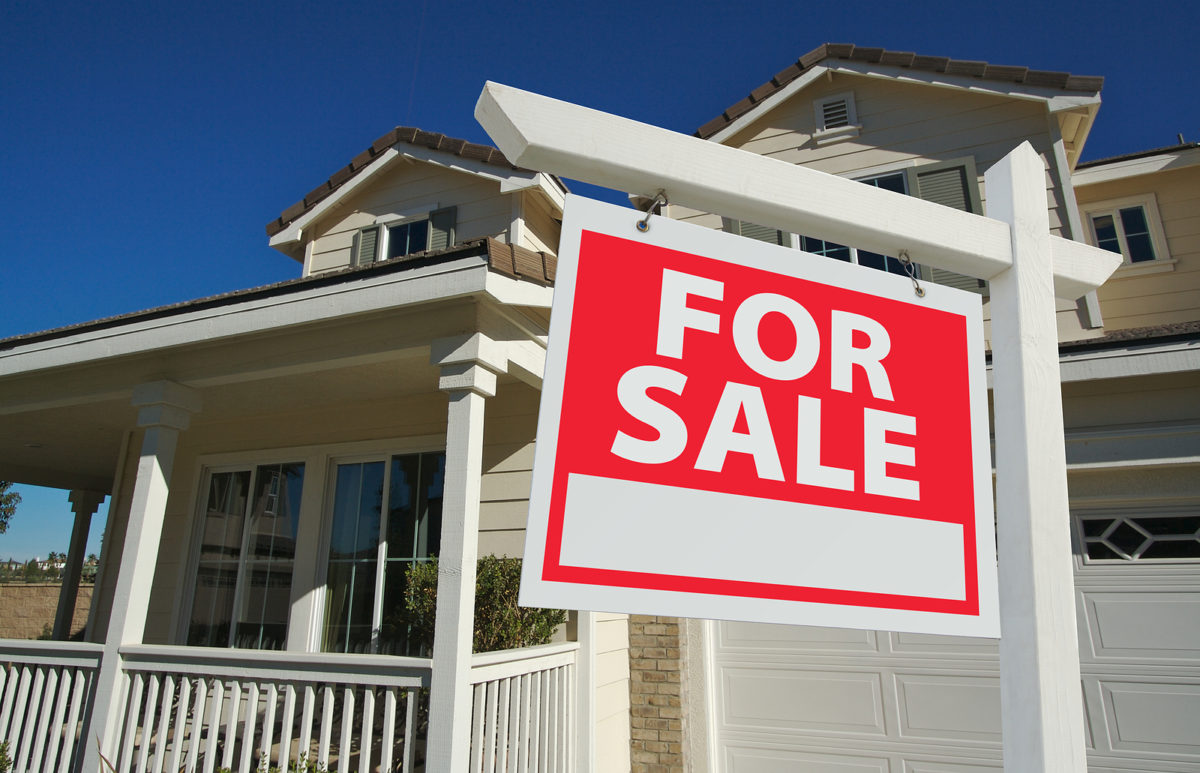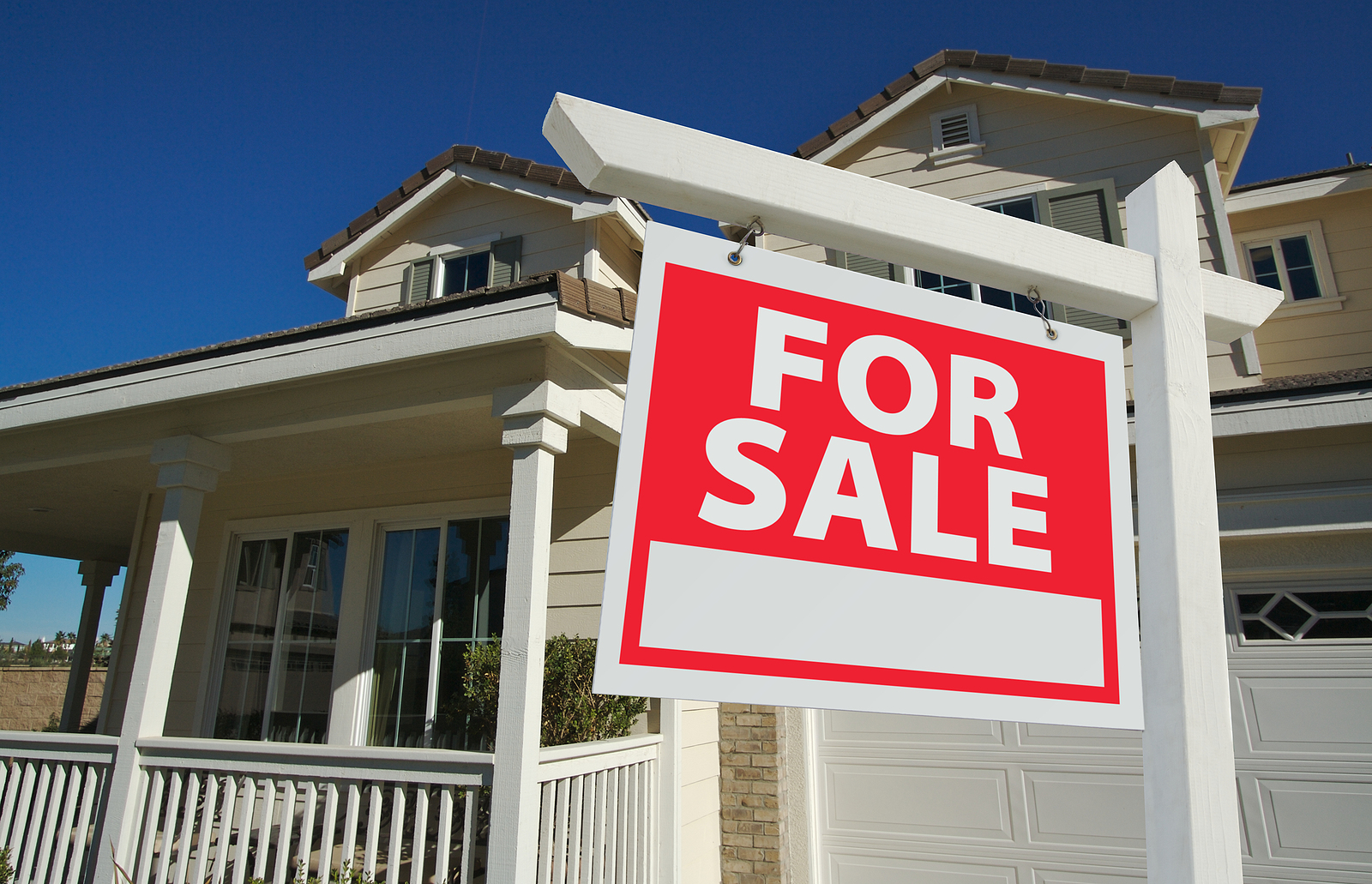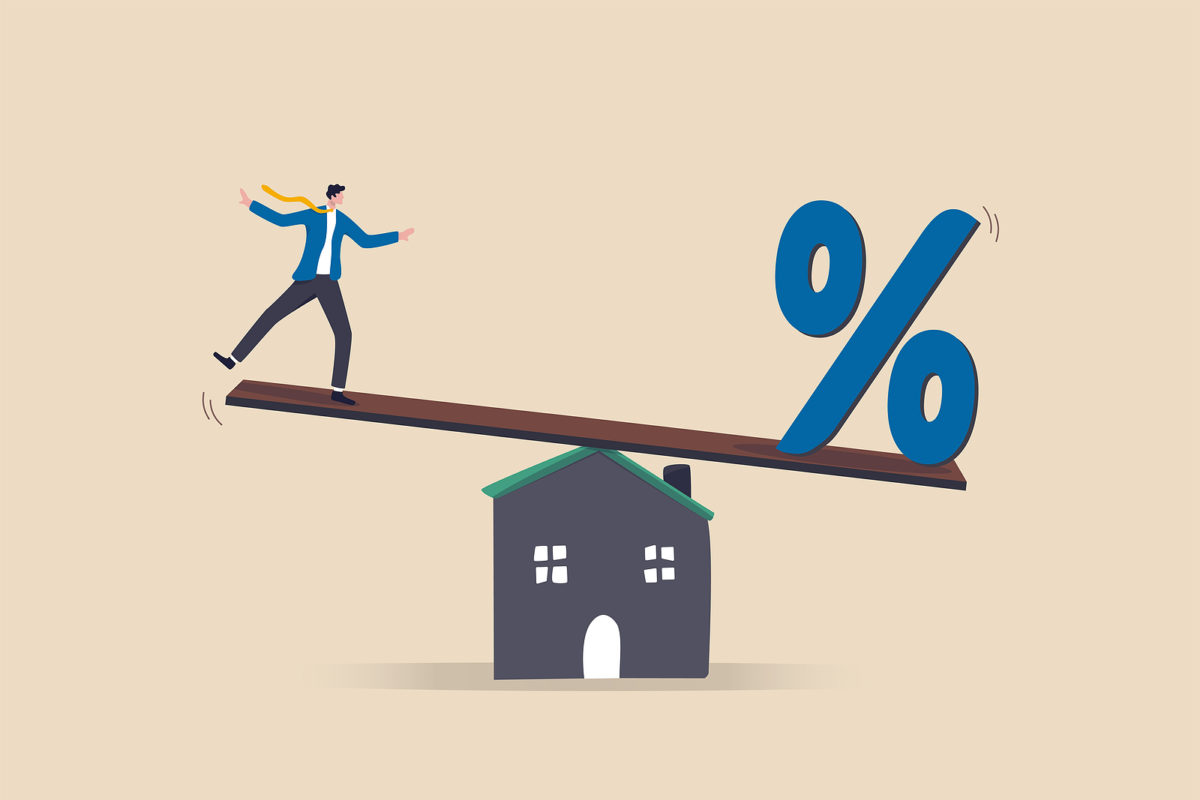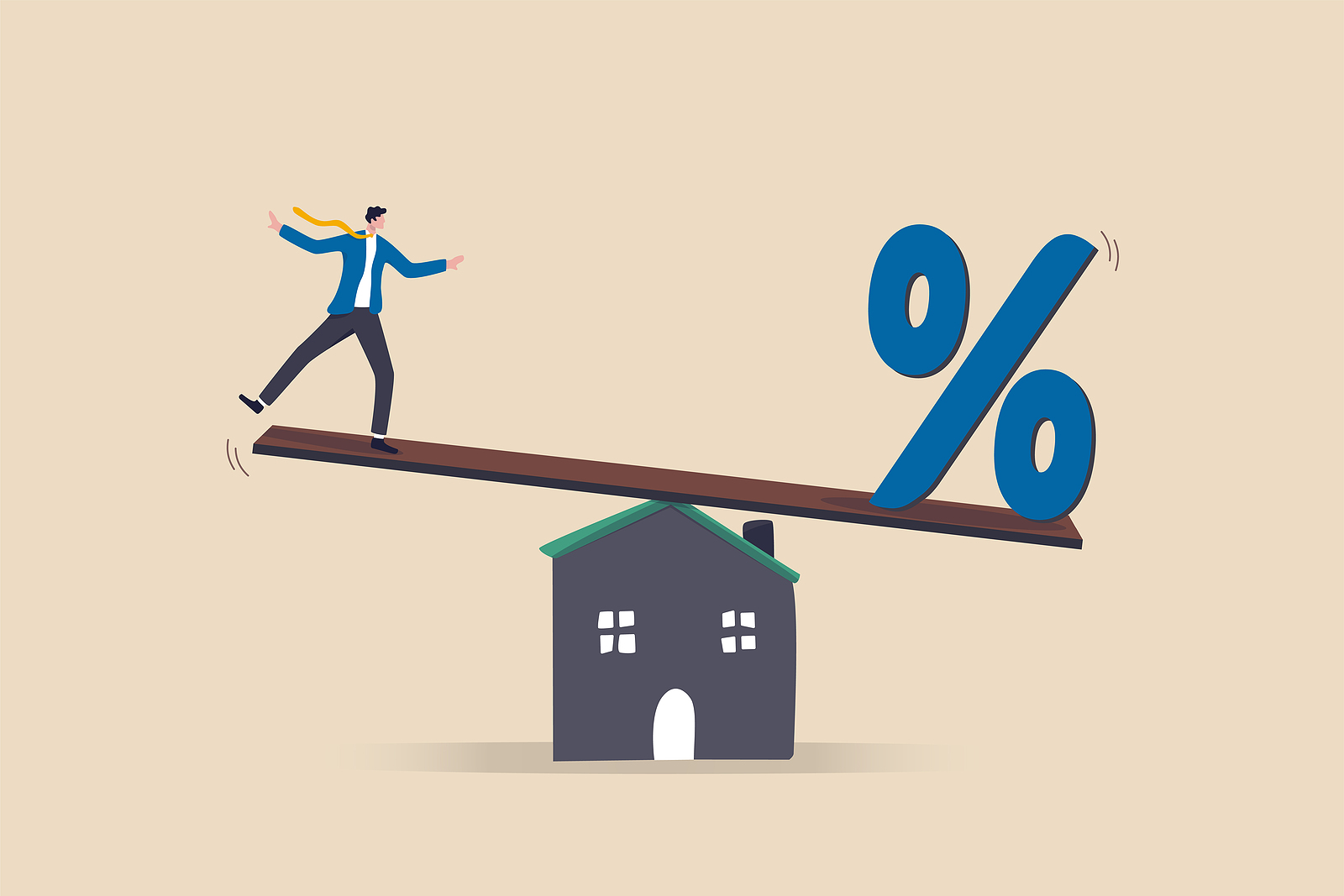By most people’s definition, luxury condominium buildings feature quality construction and tasteful architectural details. Common areas may be anything from fertile, Eden-like gardens to rooftop sundecks with cabanas and a full bar.
The definition of the “perfect” luxury condo varies by personal taste, but overall, the luxury condo offers superior service to meet the high standards of its residents.
When a building and its amenities cater to your particular lifestyle, you have found the perfect luxury condo.
On-Site Amenities
The best luxury condo buildings have on-site staff that includes a concierge, valet and other members to provide services to the community’s residents. Some of these services may include restaurant delivery, dog walking, and the procurement of theater and sporting event tickets.
Some of the most popular communities feature infinity pools, or at the very least, resort-style pools surrounded by a sundeck. Jacuzzis are standard as is a state-of the art fitness facility.
Ideal luxury condo buildings also employ a valet to park, wash and even detail your car.
The services that you feel are important will define whether or not the condo you are looking at is the perfect one.
Get clear on which services you must have in a luxury condo before heading out to tour them.
The heart of every home
Very often it is the kitchen that makes or breaks the sale of luxury homes, and condos are no exception. Gourmet kitchens are in demand, whether the residents do their own cooking or hires a personal chef.
Top-of-the line appliances, typically with a stainless-steel finish, are common. Professional ranges and dishwashers, granite or other slab countertops and fine wood cabinetry are desirable features for many lux condo buyers.
If you cook, you know the importance of good lighting and luxury condos generally cater to this need. From under-cabinet lighting to brighten up a work surface to overhead lighting, a gourmet kitchen offers it all.
Consider what you need in a bathroom
The bathroom is usually second in importance only to the kitchen, and bathrooms in many luxury condos are magnificent. In fact, think “spa” when envisioning the perfect condo’s bathrooms.
Custom materials, such as imported stone and rich wood set the elegant stage. Other common features include electronic faucets, towel warmers, shower rain heads and heated floors.
Some developers go all out and opt for tanning showers, bubbler tubs with fountains and fireplaces.
A view to die for
Depending upon location, a view may or may not be a part of your picture of the perfect luxury condo. In some parts of the country, a view of the city’s lights or the mountains is so quintessentially luxurious; it’s almost impossible to put a price on it.
The ideal luxury condo also provides dual-glazed windows through which to gaze at the sumptuous view.
If a view is important to you, put it on your must-have list.
Need a guest suite?
Whether you reserve this room for guests or transform it into a library or home office, the extra suite is a must in a luxury condo.
Some newer condos are now offering separate units as suites that you can rent, for a reasonable fee, to accommodate the overflow of guests.
Condos, luxury or otherwise, are attractive for the low-maintenance lifestyle they provide. Life in a condo means not having to concern yourself with grounds up-keep and other home maintenance matters.
Luxury condos provide that freedom, plus all the amenities that make your life easier.



















